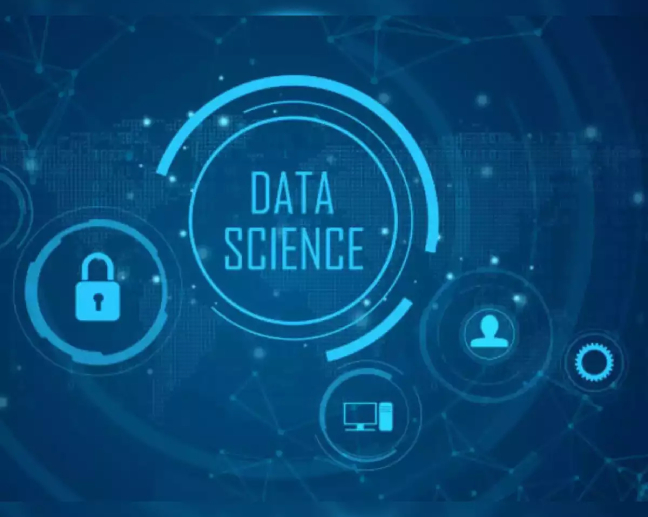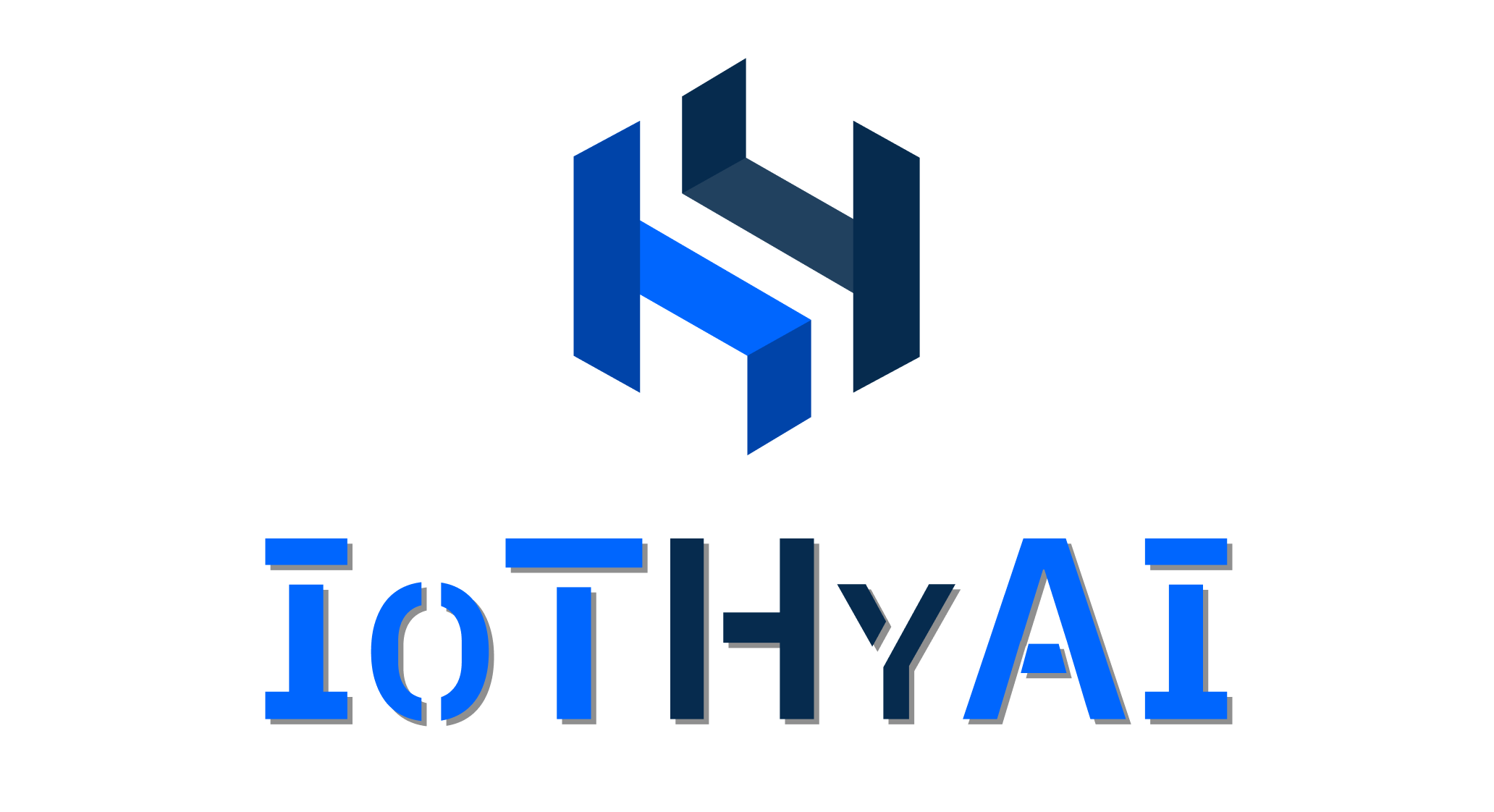Data Science: Unraveling Insights from Data
Data science serves as a nexus where expertise in statistics, mathematics, computer science, and domain-specific knowledge converge to extract valuable insights from data. This interdisciplinary approach enables practitioners to navigate complex datasets, uncover hidden patterns, and glean actionable intelligence to drive decision-making processes and create value in today’s data-driven world.Statistics provides the foundational framework for data analysis, offering techniques for summarizing, visualizing, and interpreting data. It encompasses concepts such as probability theory, hypothesis testing, regression analysis, and experimental design, which are essential for making inferences and drawing conclusions from data. Mathematics, on the other hand, provides the mathematical underpinnings for modeling and optimization algorithms used in data science.
Data science, as a multidisciplinary field, represents a convergence of expertise from diverse domains, including statistics, mathematics, computer science, and domain-specific knowledge. This interdisciplinary approach enables practitioners to harness the power of data to extract valuable insights, uncover hidden patterns, and inform decision-making processes.

Our Solutions
- Predictive Maintenance
- Customer Segmentation
- Fraud Detection
- Demand Forecasting
- Natural Language Processing (NLP)
- Supply Chain Optimization
- Energy Efficiency
- Sentiment Analysis
- Autonomous Vehicles
- Environmental Monitoring
Key Advantage
Demonstrating its potential to drive business value
- Data-Driven Decision
- Data-driven Insights
- Risk Mitigation
- Predictive Analytics
- Customer Insights
- Innovation
56
Customer Satisfaction

Our Approach
Create value in today's data-driven world
01
Machine Learning
Machine learning algorithms are used to build predictive models, classify data, cluster similar data points, and extract insights from large datasets.
02
Data Mining
Data mining techniques include clustering, association rule mining, anomaly detection, and sequential pattern mining.
03
Data Visualization
Data visualization techniques help data scientists and stakeholders understand complex datasets, identify patterns, and actionable insights.
04
Natural Language Processing (NLP)
NLP enables data scientists to perform tasks such as text classification, information extraction, and language translation.
FAQ’s
Your Go-To Resource for Answers

Key skills for data science include proficiency in programming languages (such as Python and R), statistics, machine learning, data visualization, and domain knowledge.
Data science is used in various industries, including finance, healthcare, e-commerce, marketing, telecommunications, and manufacturing.
To become a data scientist, you can pursue a degree in data science, statistics, computer science, or a related field, and gain experience through internships, projects, and online courses.
Common tools and technologies in data science include programming languages (such as Python, R, and SQL), data visualization libraries (such as Matplotlib and Seaborn), and machine learning frameworks (such as TensorFlow and scikit-learn).
Future trends in data science include advancements in artificial intelligence, machine learning, big data analytics, automation, and the ethical use of data. Additionally, there is growing interest in specialized areas such as explainable AI, responsible AI, and federated learning.

